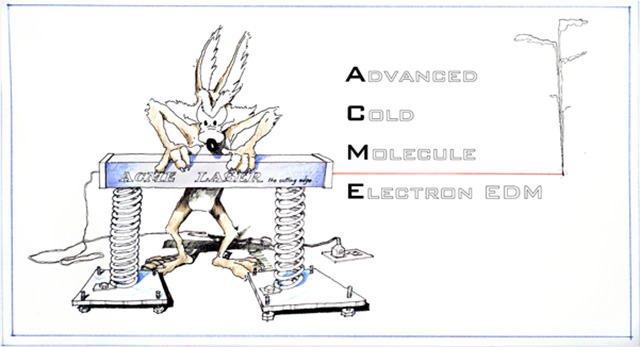Thorium put to use, kills a few more versions of Supersymmetry
Ars Technica » Scientific Method 2014-01-07

Are there any particles beyond the Higgs lurking where the LHC might discover them? A team of researchers that calls itself the ACME project has now produced a measurement that says the answer is "probably not." ACME looked for any imperfections in the shape of an electron's electric field and placed a limit on the measurements that is 12 times smaller than anyone had previously achieved. As far as they could tell, the electron has no imperfections, which rules out the possibility of finding many of the new particles predicted to be within the mass range that will be explored by the LHC.
The research relied on thorium atoms, which are mostly discussed as a potential nuclear fuel. But in this case, the authors were after the electrons. Thorium's high atomic number means that its innermost electrons orbit within an intense electric field that's internal to the atom, and they travel at relativistic speeds. These properties will serve to exaggerate even a minuscule imperfection in the electric field of the electron itself.
The imperfection the ACME team was after is called the electric dipole moment, and it's measured relative to the electron's spin. If the electron has an electric dipole moment, then its charge will be unevenly distributed along its spin. Nothing in the Standard Model can create an electron dipole moment, but most extensions to the Model, including Super Symmetry, posit heavier particles, the mere existence of which should alter the dipole moment.
Read 6 remaining paragraphs | Comments